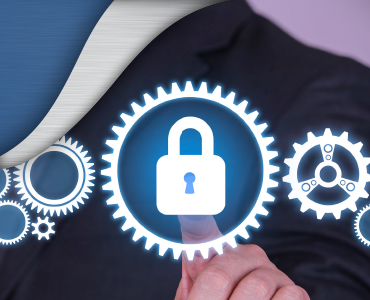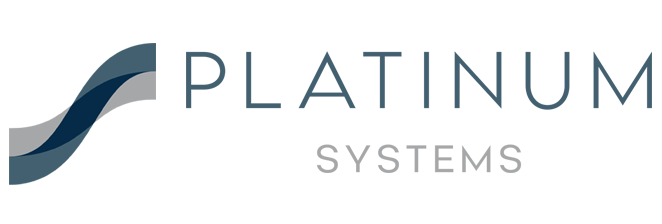
It seems that cyber security is on the top of most people’s minds these days, and for good reason. The year 2015 saw some of the largest data breaches in internet history, and 2016 is having its fair share of issues as well. When the U.S. Department of Justice (February 9, 2016), Internal Revenue Service (February 29, 2016), and Snapchat (March 3, 2016) are hacked, you know that security breaches are no longer a matter to be ignored.
Data Breaches - 2016
LinkedIn is the latest large data breach to hit the web to date. LinkedIn publicly notified users on May 17, 2016 that 117 million emails and password combinations had been affected. If you have a LinkedIn account, chances are high that your email and password have been compromised. You can visit https://haveibeenpwned.com to see if your email has been affected. It is a safe site and one that may be helpful in identifying similar breaches such as MySpace, Adobe, etc.
Hacked – What to Do
- Change your LinkedIn (and any other site) passwords ASAP.
- If you use the same, or similar, password in other places such as Facebook, Gmail, etc., you should change those emails as well.
- Be sure that your password and even username is different for every site.
Secure Passwords - Formula
You’ve heard and read these strong suggestions for a sturdy password before, but they are worth mentioning again. Though no password will be 100% foolproof, think long, memorable and unique to every site that is used:
- Think of a memorable word and add a capital letter or two (Example: Security or even better, a 15 -18 character word)
- Add a number (2, 3, 4, 5, 7, etc.)
- Add a symbol (#, !, #, etc.)
- Add another unique feature such as first 1-3 letters of the site you are using, or other memorable abbreviation
- You might end up with something like this: seCur!Ty4you. Of course you’ll want to steer away from this particular password – Create Your Own and make it challenging!
Password Managers - App Generated
Another option, and preferred by many, is to utilize password applications for random and automatically generated passwords. Let’s face it, human memory is the weakest link in the password chain and getting a hand up can be helpful. One key feature in a password manager is encryption capability. DashLane and LastPass, referenced below, are two reputable Password Managers that both offer AES-256 (Advanced Encryption Standard) among many other features. Both offer free and subscription based options for consideration:
- Visit https://www.dashlane.com/ for more information on password generation, share passwords, and secure digital wallet.
- Visit https://lastpass.com/ for more information on password generation, storage backups, and online shopping profile.
Security – Best Practices
- Use strong passwords, keep them secret and regularly changed
- Think before you click (always be on guard before clicking any email attachments, etc.)
- Update everything and backup your files
- Secure your wireless network. Don’t forget to keep your Routers and Wireless Access Points up-to-date (if they are End-Of-life, replace them).
- Strengthen Security Questions (one doesn’t have to look far to find information about you, i.e. Facebook, Twitter, LinkedIn, and Ancestry.com to name a few). Add a little flair by extending your security question answers to trip up would-be hackers. What is your favorite food? Answer: Chocolate - because I like it!
With all this valuable information at your fingertips, what are you waiting for? Change those passwords, think security, and stay protected!
To set-up a meeting with a Platinum Systems Team representative, submit a contact form.

